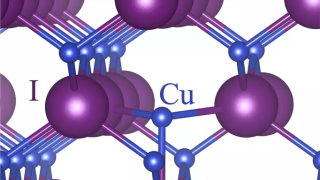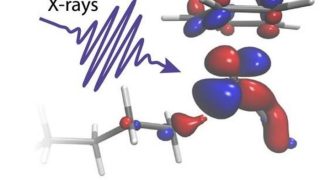
Language makes us human. Or not
It is a warning that keeps repeating once and again: the behavior of artificial intelligence will soon be indistinguishable from that of human beings. A frightening and inevitable moment that is drawing ever closer. A recent paper available on arXiv [/footnote] Daniel Jannai, Amos Meron, Barak Lenz, Yoav Levine, Yoav Shoham (2023) Human or not? […]








